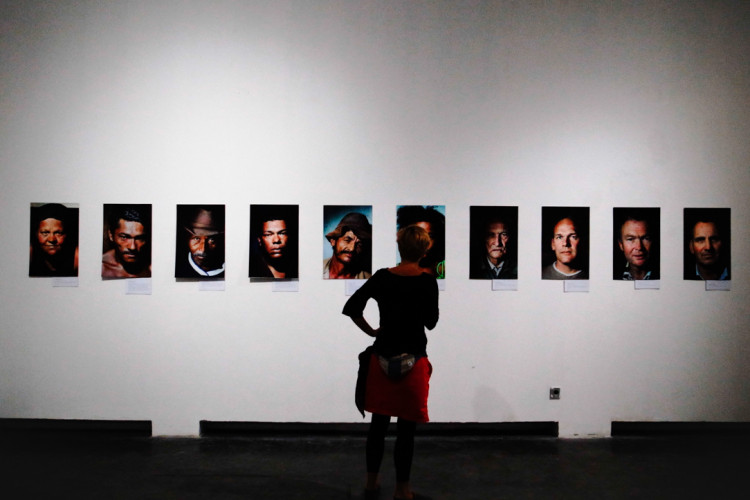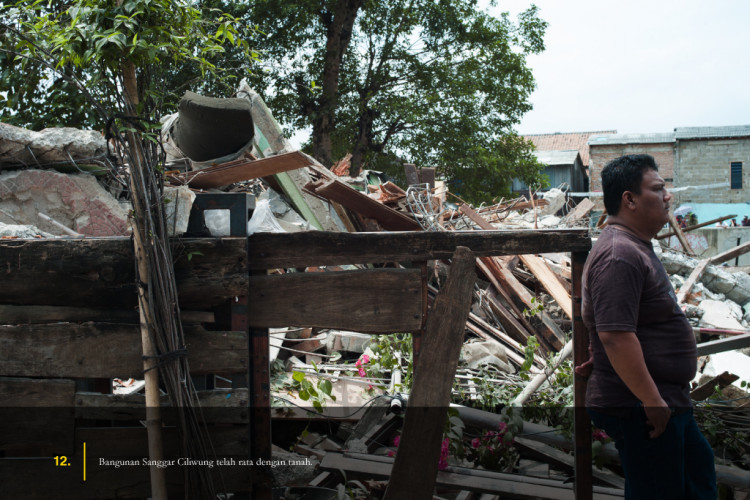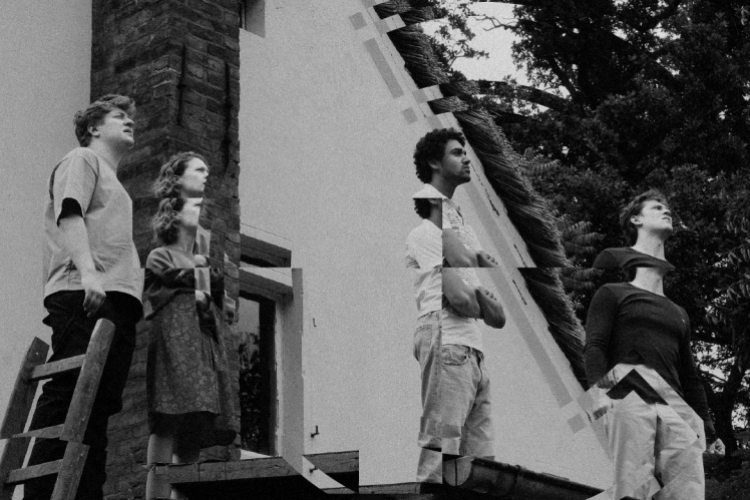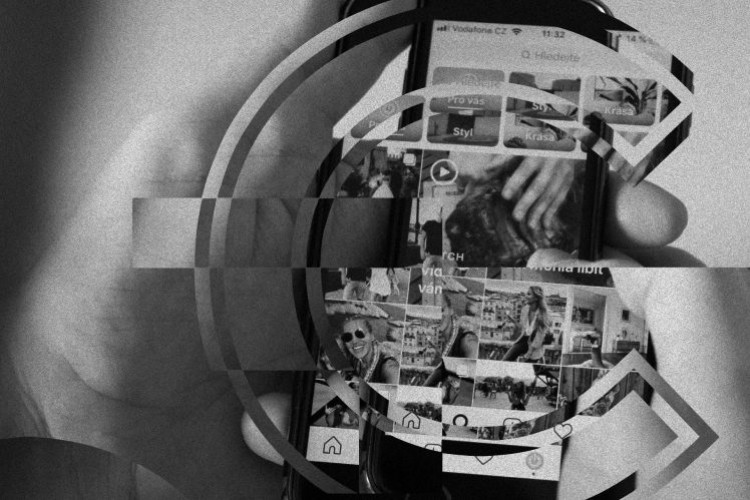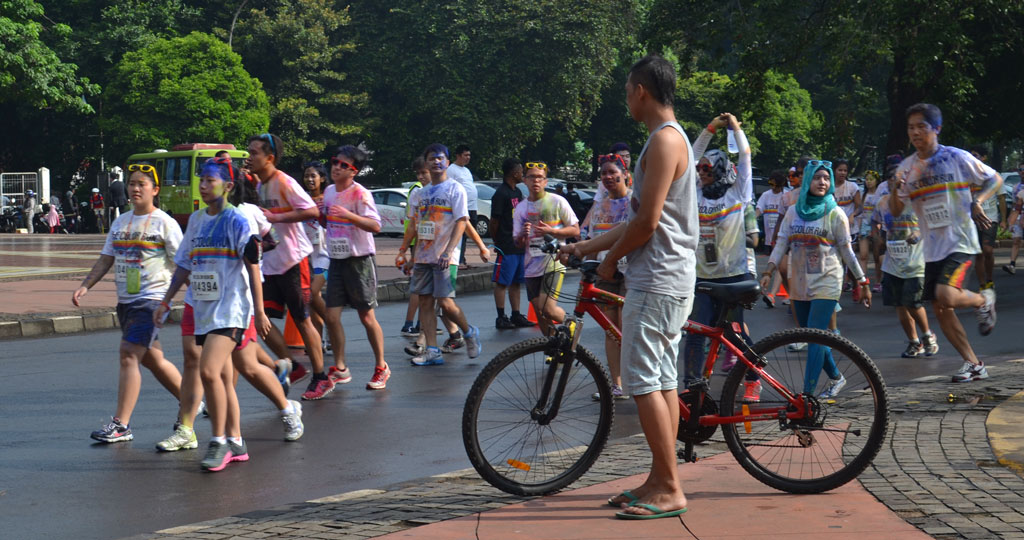
I.
In the previous article, I set myself up for quite a challenge: to prove that walking in Jakarta is as feasible and comfortable a mode of transportation as it is driving a car from point A to B (and maybe just a bit more healthier). While many would question my motives or argue that such optimism is a lost cause in a city as big as this, I would like to offer a meek rebuttal; Jakartans have always been avid walkers.
According to a study on the patterns of transport and land use in Jakarta by Berkeley University scholar Ria Lo, walking was historically Jakarta’s primary mode of transport, accounting for over 60 percent of the city’s travel up until the 1960s. Granted, the city back then is almost unrecognizable to the one we see today. Non-motorized modes of transport such as bicycles, becak and other human-pedaled vehicles were the main choice of the poor, who made up a significant piece of the urban pie. The roads were far from overcrowded, because cars were still a luxury to have. It was only since Pak Harto’s Pembangunan initiative that Jakarta was destined to become the hodgepodge of enclaves and road networks it is today. Of course, comparisons with a bygone era may or may not be judged as unabashedly romantic, but there is more to this discussion than meets the eye.
In his seminal treatment of Jakarta as a metropolis, urban planning pundit Marco Kusumawijaya insists that the comfort or discomfort anyone experiences on the street, whether he be rich or poor, car-bound or pedestrian, inadvertently dictates the connection one has with his city. Comfort in this case can be interpreted in a number of different ways, including, but not limited to personal wellbeing. Discomfort can be seen as a result of utilitarian intent. The resulting friction between these two experiences manifests in the dilemma most Jakartans still face: to walk or not to walk?
The impact that our direct surroundings have on our behavior has long been an issue in the field of urban planning, but what about the effect it has on our physical health? Can I get sick for walking in a “sick” environment? If the recent surge of health-related social events in the capital is anything to go by, the collective answer is a resounding NO!
II.
So the marathon-running craze has found traction in Jakarta, as more and more urbanites become conscious of their physical health and wellbeing. Ironically enough, part of the population still see this lifestyle shift as a novelty, as opposed to significant social change. But is it really something to worry about?
One event that effectively peruses the act of walking to demonstrate the many contradicting aspirations of the urban population is the Jakarta chapter of “The Color Run,” internationally acclaimed for being “the Happiest 5K on the Planet.” Like many marathons before it, The Color Run an attempt to address the importance of leading a balanced, healthy lifestyle. Only this time, the event eschews performance and endurance for fraternity and enjoyment: people wore lycra and Nike, used wheelchairs, threw colourful dust at each other and complained about slow runners, all in the name of physical activity. Needless to say, the majority of people walked.
The marathon followed a very popular route around the Senayan Sports Complex, beginning from Parkir Timur Senayan parking lot, around Gelora Bung Karno Stadium, along the softball field, and coming out to Jalan Sudirman before returning to the starting line. This route is perused by thousands of people on the weekends for their morning jog, cycle or walk, even more so during Car-free Sunday.
While it is no big secret, the Senayan complex is used to demonstrate the inherent social awareness that Jakartans have about their urban situatedness. Jill MacKinnon, a health professional at the Kasier Permanente Rehabilitation Center, boils it down to the basics: “Walking is a huge part of what makes us human, walking is what gives us independence in our environment, lets us move from point A to point B. It involves not just the actual physical mobility, but it’s also something that helps us communicate with our environment, communicate with other people, and keeps us healthy.”
In other words, walking in the city not only affords one the autonomy to explore and interact with one’s surroundings, but also represents the urban population’s best chance to regulate their physical, mental and intellectual wellbeing.
III.
But can we seriously afford to rely on walking as a viable mode of transport in Jakarta? A 2002 study published in the American Journal of Preventive Medicine concludes that walking has been more successful as a mode of exercise than as a mode of travel, because it is relatively easy for the vast majority of the population. “But compared to other modes of transportation, walking plays a minor role. The explanation is simple: Driving is considerably faster than walking for most trips.”
Normally the (mechanic) efficiency of travel is disproportionate to the health benefits that people acquire from the mode of transport. So, if one decides to walk from one end of town to another, he may get a good workout, but it will take him forever to reach your destination. Conversely, if one decides to drive a car, he may get there faster, but he will lose the benefits of moderate physical activity by sitting through the whole ride.
But does this really apply to Jakarta? Australian development expert Joanne Sharpe reminds us that an estimated 20.7 million people travel through the capital on a daily basis, and with 57 percent driving their own vehicles, the volume of cars is expected to exceed the length of road available for them to drive on.
So in the end, we have no more reason to believe that we need to sacrifice health for haste, or vice versa. Walking is, in addition to being a healthy endeavor, also an effective means of travel. And with no clear solution in sight from the government for the overwhelming traffic woes of the capital, it is foolish to lose hours upon hours in the daily commute.
If we can still picture our grandparents in their youth blissfully enjoying a promenade around Jakarta in cotton pyjamas, then why not reclaim the streets for the sake of the good life in lycra?








